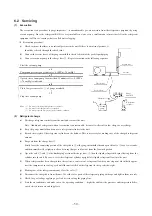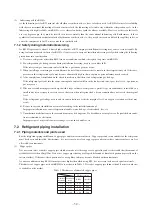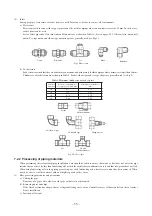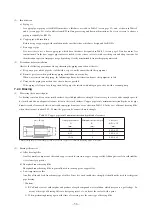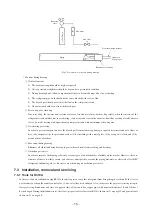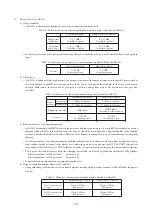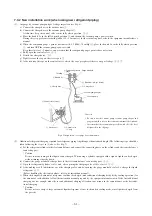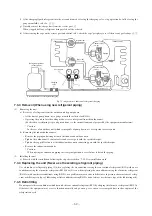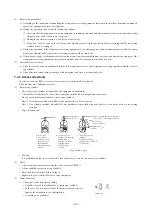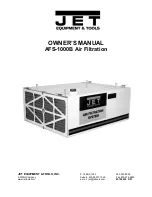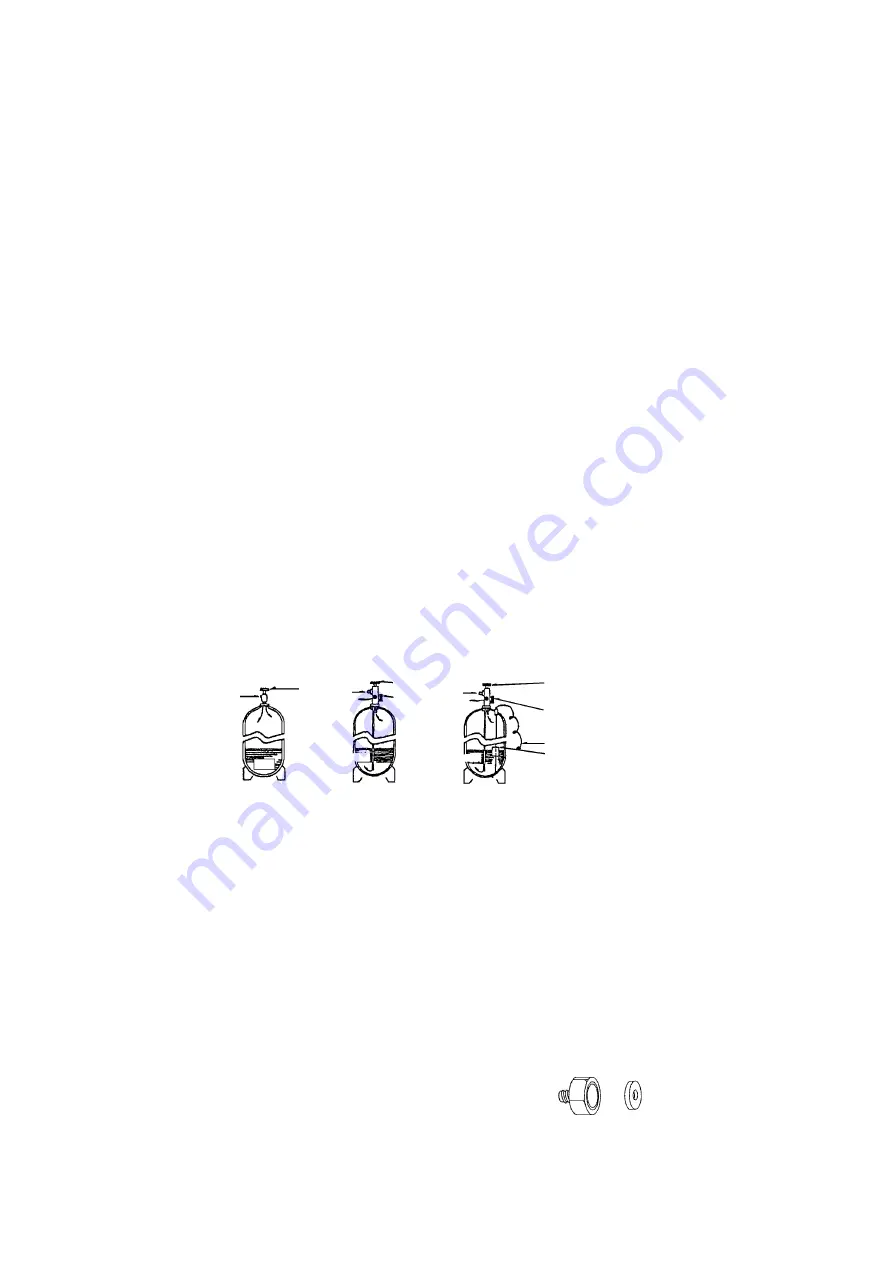
-
64
-
(4)
Recovering procedures
a) According to the instructions for handling the refrigerant recovering equipment (described in the attached instruction manual),
operate the equipment to recover refrigerant.
b) During the operation, take care of the following cautions.
1
Ascertain that the refrigerant recovering equipment is running as required and always monitor the state of operation so that
adequate steps can be taken in an emergency.
2
During the operation, remain at work site to ensure safety.
3
If you have to leave your work site for any unavoidable reason, stop the operation after ascertaining that the recovering
cylinder is not overcharged.
c) During the operation, if the refrigerant recovering equipment’s overcharging prevention mechanism operates and the equip-
ment stops automatically, replace the recovering cylinder with an empty one.
d) If the pressure gauge’s reading increases after a short time from the accomplishment of recovery and automatic stoppage of the
refrigerant recovering equipment, restart the equipment and, if it stops again, finish the recovery.
(5)
Procedures after recovery
a) Close the valves on the air conditioner subjected to refrigerant recovery, the refrigerant recovering equipment and the recover-
ing cylinder.
b) Detach the recovering cylinder charged with refrigerant and store it as required by law.
7.4.2 Accessories/tools
In order to carry out R410A recovery, a variety of accessories/tools are required.
Shown below are standard accessories.
(1)
Recovering cylinder
• Use a recovering cylinder designated by the equipment manufacturer.
• A detachable cylinder must be such that it complies with the laws and regulations concerned.
• Do not use an ordinary cylinder as a recovering cylinder.
Note 1: A cylinder available when R410A was purchased, is a borrowed one.
Note 2: As a cylinder available when R410A was purchased, is provided with a check valve, it cannot be used as a recovering
cylinder.
• Types (by function)
• Caution
It is prohibited by law to recover R410A into a throw-away service can or one-way cylinder.
(2)
Drier
• A desiccant container for removing the water content of R410A.
• A drier should be prepared as expendables.
• Keep the drier sealed just before fitting it.
• Required to protect the R410A recovering equipment.
(3)
Connection hose
a) Charge port and charge port packing
• Usually, it is sold independently of a refrigerant cylinder.
• In the case of a two-port cylinder, the diameter may be special.
Inquire the manufacture for confirmation.
• A packing is expendables.
Fig.8 Cylinder types
Valve
Valve for liquid
Valve for gas
Liquid
Liquid
Valve for liquid the tube is inserted to
a level close to the cylinder bottom.
Valve for gas
(for gas releasing)
Signal line
Float
Liquid
(a) Basic type
• 1-port valve
• Can be used for
R410A recovery.
• Inverted when
delivering liquid
R410A.
(b) 2-port valve type
• Capable of delivering
liquid R410A or
releasing gas in the
upright position.
• Convenient for
servicing.
(c) Float type special
cylinder
• With a built-in float
(signal) for prevention of
overcharging
(c)
}
Charge port

